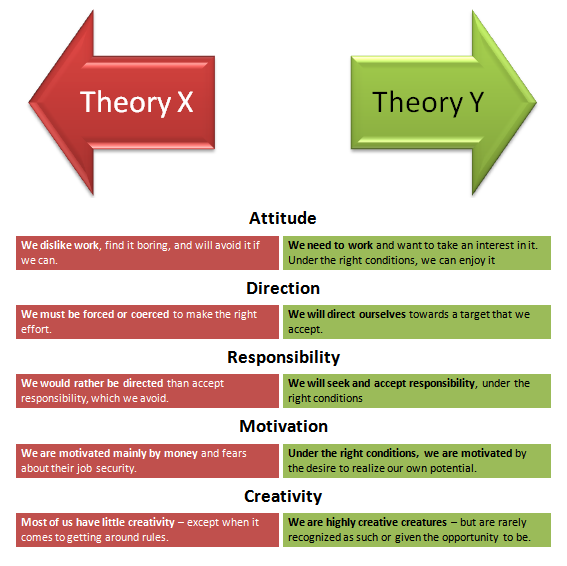Any work start with the desire or requirement to do it, but for doing it better and make it bigger the path and the methodology should be clear. a journey without any clear destination will end someplace else. The goal setting before any of the task is very important.
Goal setting is the way to decide the potential of the person or the team. In organisational world, the goal is very clearly define so that it is clear for every one how to reach their and what is their part in the organisational achievement. GOAL setting should be very clear and achievable, Goal Should be S.M.A.R.T
S - Specific
M - Measurable
A - Assignable
R - Realistic
 T - Time Based
T - Time Based
 The Goal should be set considering all the aspect of the work and goal achieved in past.
The Goal should be set considering all the aspect of the work and goal achieved in past.
A - Potential
B - Goal Set
C - Goal achieved
D - History
As rightly said by Dr. Mandi, the goal set should be the challenging and the work required to achieve the goal should test you in every expect of the ability required to do that work and the next goal should be more challenging once you achieve the goal set.
Pygmalion effect:
when you change the way you look at things, the things you look at change.
-Dr. Wayne W. Dyer
The above quote applied not only to things, but especially also to people. if you expect more from the people they definitely try to give what you expect.

The Pygmalion effect was described by J. sterling Livingston in the September/October, 1988 Harvard Business Review. "The way managers treat their subordinates is subty influenced by what they expect of them,"
The Pygmalion effect enables staff to excel in response to the manager's message that they are capable of success and expected to succeed. the Pygmalion effect can also undermine staff performance when the subtle communication from the manager tells them the opposite. These cues are often subtle, As an example, the supervisor fails to praise a staff person's performance as frequently as praises others. The supervisor talks less to a particular employee.
Livingstone went on to say about the supervisor, "If he is unskilled, he leaves scars on the careers of the young men and women, cuts deeply into their self-esteem and distorts their image of themselves as human beings. But if he is skillful and has high expectations of his subordinates, their self-confidence will grow, their capabilities will develop and their productivity will be high. More often than he realizes, the manager is Pygmalion.'
Goal setting is the way to decide the potential of the person or the team. In organisational world, the goal is very clearly define so that it is clear for every one how to reach their and what is their part in the organisational achievement. GOAL setting should be very clear and achievable, Goal Should be S.M.A.R.T
S - Specific
M - Measurable
A - Assignable
R - Realistic
 T - Time Based
T - Time Based The Goal should be set considering all the aspect of the work and goal achieved in past.
The Goal should be set considering all the aspect of the work and goal achieved in past.A - Potential
B - Goal Set
C - Goal achieved
D - History
As rightly said by Dr. Mandi, the goal set should be the challenging and the work required to achieve the goal should test you in every expect of the ability required to do that work and the next goal should be more challenging once you achieve the goal set.
Pygmalion effect:
when you change the way you look at things, the things you look at change.
-Dr. Wayne W. Dyer
The above quote applied not only to things, but especially also to people. if you expect more from the people they definitely try to give what you expect.

The Pygmalion effect was described by J. sterling Livingston in the September/October, 1988 Harvard Business Review. "The way managers treat their subordinates is subty influenced by what they expect of them,"
The Pygmalion effect enables staff to excel in response to the manager's message that they are capable of success and expected to succeed. the Pygmalion effect can also undermine staff performance when the subtle communication from the manager tells them the opposite. These cues are often subtle, As an example, the supervisor fails to praise a staff person's performance as frequently as praises others. The supervisor talks less to a particular employee.
Livingstone went on to say about the supervisor, "If he is unskilled, he leaves scars on the careers of the young men and women, cuts deeply into their self-esteem and distorts their image of themselves as human beings. But if he is skillful and has high expectations of his subordinates, their self-confidence will grow, their capabilities will develop and their productivity will be high. More often than he realizes, the manager is Pygmalion.'




